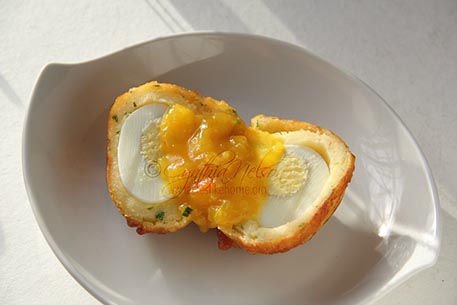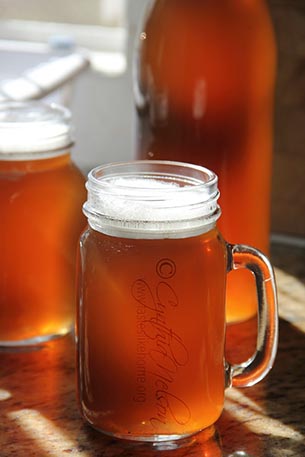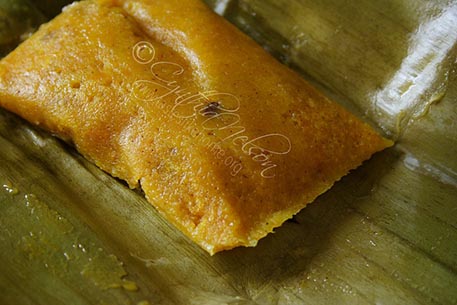I hope you got a chance to eat some ‘granny ole-time food’ at the 2-day Visual Art and Craft Market held during the week on Main Street in Georgetown. There were promises of Mauby, Sorrel and Swank; Shine Rice, Cook-up Rice with Okra, Conkies, and more.
Whilst on a recent whistle-stop trip to Guyana, I caught a segment of the “Guyana Today” morning show on the National Communication Network. The host (Mark Watson) was chatting with some artists and Director of Culture Tamika Boatswain, about the upcoming 2-day market, a part of the Independence celebrations. One of the artists, Pat (no last name given), is apparently well-known for her textiles, however, food, she said, is her “thing”. And by that, I think she meant that she likes to cook and share and is all about celebrating Guyanese food culture. As she listed some of the things she would be making, like Shine Rice, Swank, Conkies and Metem, the host begged her to stop, pleading that it was too early in the morning to make him ravenous. His exact words were, “It’s too early to wake up those worms”. Pat pitched her food on the show as ‘granny ole-time food’. What does that mean?
‘Granny’ and ‘ole-time’ in this context, refer to an era where cooking was about slow food, stretching, and making do. It was also ‘sweet hands’ food. There were no recipes with listed ingredients and directions; it was a little of this and that; a pinch, or sprinkling of the other, or a handful of something. The food was stirred, flipped, brewed, boiled or cooked down until there was a cue detected by the sense of sight, smell, touch, taste or hearing. It’s the original masterclass style of cooking. The things Pat pointed to as ‘granny ole-time food’ are telling, more so because of the time and skill necessary to make them in order to yield a taste that would transport many to their days of childhood: of sunlit afternoons skipping, running, climbing, swinging and pitching marbles; thirst quenched with ice-cold glasses of fresh squeezed juicy limes, mixed with water and golden, brown sugar, Swank. The real thing, not modernized with essence or bitters.

Shine Rice – rice cooked with coconut milk. Simple, yet requiring of skill so that the rice is not pasty, each grain tender and discernable. The milk, made from hand-grated coconuts, mixed with water and squeezed tightly to extract the liquid. The fresh milk is rich with flavour, and when boiled with the rice, its natural oil moistening and providing added flavour to dish. Considered a peasant dish,

(Photo by Cynthia Nelson)
Shine Rice is not made regularly these days. Some consider it to be poor people’s food.
The Mauby promised by Pat would have been made from the bark boiled with spices, brewed by hand, sweetened, and set to ripe for a couple of days; brewing each day to ensure good development of flavour. Proper tasting mauby has a subtle bitter finish at the end. These days, a lot of mauby is made from syrup with just the essence of flavour of the bark and a whole lot of sugar.
Conkies is another of those slow, specialized foods. While we have modern appliances that slice and shred in seconds, none can beat the hand-held box grater that gives the unique texture to the coconut and pumpkin when grated, mixed with spices and cornmeal and steamed in prepared banana leaves. Making Conkies is time-consuming, and a labour of love. A lot of people love Conkies, but few know how to or want to make it. Actually, it is a great way for a family to spend an afternoon together, each with their designated task, all working towards one goal. Remember that food serves a variety of purposes, only one of which is nutrition.
I can continue to go down the line, but I think you get the point as to why certain foods are considered ‘granny ole-time food’. At this time of Independence when people return home to visit, Pat wants to give them a taste of home. The TV show host added that when people come home, “we need to showcase our egg ball, pulourie, cassava ball…”.
Ms Boatswain made an interesting comment, “We have moved so much away from our local cuisine that we ourselves are even forgetting”. She pointed out that occasions such as the craft fair are opportunities to showcase our cuisine. She also spoke of an experience the department had in Barbados last year where people could not wait for the food stalls to open. Within minutes of opening the food was sold out. “This tells me we are doing something [our food] great,” she added.
Our Guyanese food has always been great and there are many of us who will continue to ensure that it remains great and reaches even greater heights. Our cuisine says who we are – Guyanese. What a melting pot. What a pot of Cook-up!
All is not lost. From my visits I think that most of the change or moving away from our cuisine that Ms Boatswain referred to seems to be centred in Georgetown, go into the countryside and rural areas and you will find local cuisine alive and thriving. Actually, you will experience and learn of things you never even knew are a part of the broad range of Guyanese cuisine. You’ll find Chinese restaurants (and what is more Guyanese than that?). Here and there you’ll find places selling local chicken and chips or fish and chips. I had a wicked fish chips in Berbice last weekend – Fried Pacu with plantain chips (made in the style of French fries).
On my way to the airport my cousin stopped at a roadside stand at Cove and John on the East Coast – Ingrid’s Fresh Cane & Fruit Juices. They sell snacks too – fish cakes wrapped in dhal puri, egg ball, pulourie, potato balls, channa, bakes and salt fish. All with sour and pepper sauce of course. There was fresh squeezed cane juice, cold, no added ice to water it down. It was raining heavily that day, but a steady line of vehicles kept stopping, drivers making a dash for the stall; the 3-foot shed barely providing us with shelter. We didn’t care. There was nothing foreign there; all local, and people were lining up for it, not just me, who do not have ready access to the quality and type of food unless I make it myself.
Every day we should appreciate our own, and on occasions such as today – Independence – let’s celebrate our multicultural cuisine that unites us. Have a look at the feast you have prepared for your family, friends and loved ones; see how all the dishes fit well together; note how they represent you.
Happy Independence!
Cynthia
cynthia@tasteslikehome.org







